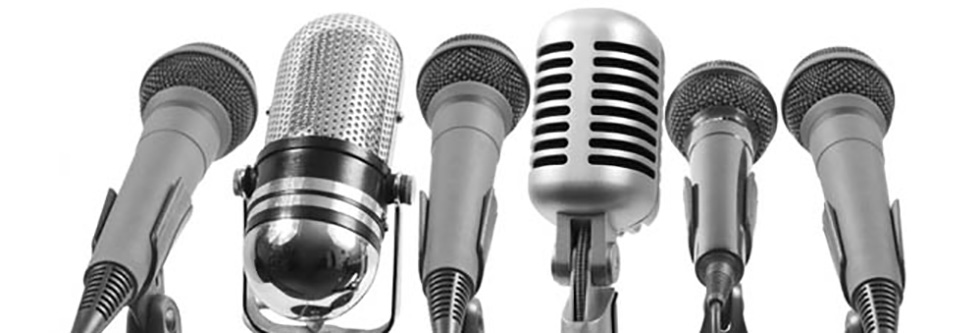What happened to the simple declarative sentence? This is a legitimate question and therefore, it is appropriate and acceptable for my voice to rise at the end of this utterance. However, the tendency to make a question out of a sentence that isn’t a question is not acceptable. This practice is called “upspeak” or alternatively “uptalk” or high rising terminal (HRT). In present day communication, “upspeak” is taking on a life of its own!
There are certain speakers such as Australians, New Zealanders and the British who have spoken with a high rising terminal for centuries and it is a legitimate intonation pattern in their oral communication. However, in the United States, “upspeak” is not a habitual pattern associated with English.
How Did Upspeak Begin?
Linguists have been studying this evolving pattern and there are many thoughts on how “upspeak” began. These include the influence of immigrants, watching television programs from countries where these patterns are prevalent, and of course, the infamous Valley Girl. Nobody can pin down the exact geographical origin of “upspeak” but what is for certain is that it is becoming a prevalent rhetorical pattern.
In trying to analyze this voice pattern and understand the possible conversational benefits of “upspeak” a number of theories have been proposed. It is suggested that “upspeak” is a way of checking in with your listener and making sure that they are with you – that they comprehend what you are saying. It is also thought that “upspeakers” adopt this style so that they will not be interrupted when telling a story or relating an event. Ending their utterance with a questioning intonation implies that there is more to come. Finally, it is thought that using “upspeak” establishes a tentative tone to an utterance so that if your statement is met with criticism or disapproval, you can quickly backtrack and retract it without sounding like you are completely changing your opinion as you would if you had made a declarative statement.
Upspeak Traditionally Noticed in Speech Patterns of Teenage Girls
While “upspeak” has traditionally been noticed in the speech patterns of teenage girls, I have now noticed in my practice that it is a conversational style that extends equally across gender, age, and socioeconomic levels. It seems that nobody is immune to this trend that has become as contagious as the common cold.
In addition to being incredibly annoying and distracting, there are implications of “upspeak” of which the speaker is completely unaware. It makes you sound very tentative and unsure of what you are saying; it sounds as if you are asking for approval. It is a conversational style that distracts from the message and reduces both the impact of your utterance and your credibility.
Re-establish the Use of the Declarative Utterance
The issue now is how do we decrease the use of “upspeak” and re-establish the use of the declarative utterance. Whether learning a new language, learning how to articulate more clearly, or changing an unacceptable speech pattern, you must first hear the use of the pattern before it can be changed. When working with clients as a speech pathologist, we first focus on changing the pattern on the sentence level in structured drill work before moving onto the paragraph level and finally into normal everyday conversation. My clients begin to hear their rising intonation and are then able to modify the pattern so that they don’t always sound so unsure of themselves.
So, to avoid having other people wonder, “Are you asking me or telling me?”, let’s make “upspeak” a vocal fad of the past!









Leave a Reply